








Pink Trumpet Tree Tabebuia heterophylla (Bignoniaceae) 8”-12”
$60.00 Original price was: $60.00.$39.99Current price is: $39.99.
Pink Trumpet, scientifically known as Tabebuia rosea, is a beautiful and striking ornamental tree known for its showy display of trumpet-shaped, pink to lavender flowers. Native to Central and South America, the Pink Trumpet tree has become a popular choice for landscaping and public spaces in tropical and subtropical regions around the world, thanks to its stunning floral display and adaptability.
The Pink Trumpet tree typically grows to a height of 30 to 50 feet, with a wide, spreading canopy that makes it an ideal shade tree. The tree has a straight, sturdy trunk with rough, grayish-brown bark that becomes deeply fissured as the tree matures. The leaves are palmate, meaning they have multiple leaflets arranged like the fingers of a hand, and are a dark green color, which provides a lush contrast to the vibrant flowers.
The tree’s most notable feature is its flowers, which bloom in clusters at the ends of the branches. These flowers are large, trumpet-shaped, and range in color from soft pink to deeper shades of pink and even lavender. The blooms usually appear in early spring or late winter when the tree is either partially or fully leafless, creating a dramatic display of color against bare branches. The flowering period can last several weeks, making the Pink Trumpet tree a spectacular sight during its bloom.
Pink Trumpet trees thrive in tropical and subtropical climates and prefer well-drained soils, although they are adaptable to a variety of soil types, including sandy, loamy, and even rocky soils. They grow best in full sun and are relatively drought-tolerant once established, though they benefit from regular watering, especially during dry spells. The tree can tolerate short periods of flooding but prefers soils that drain well to avoid root rot.
One interesting aspect of the Pink Trumpet tree is its resilience and rapid growth rate. It can grow quickly when young, often reaching heights of 20 feet within a few years, making it a popular choice for creating shade or as an ornamental centerpiece in landscapes. While Pink Trumpet trees are relatively low-maintenance, some light pruning may be needed to remove dead or damaged branches and to shape the tree.
Propagation of Pink Trumpet trees is typically done through seeds or cuttings. Seeds are easy to collect and germinate, making them a popular method for growing new trees. Alternatively, cuttings from mature trees can be rooted and transplanted to establish new growth. Once established, the trees are relatively hardy and can withstand a range of environmental conditions, although they thrive best in warm, frost-free climates.
An interesting fact about the Pink Trumpet tree is its use in traditional medicine. In some cultures, parts of the tree, particularly the bark, are used for various medicinal purposes, including treatments for inflammation and infections.
In conclusion, the Pink Trumpet tree is a stunning and resilient ornamental tree that brings beauty and elegance to any landscape. Its spectacular display of pink trumpet-shaped flowers, combined with its adaptability and rapid growth, makes it a popular choice for parks, gardens, and streetscapes. Whether planted for its shade or its aesthetic appeal, the Pink Trumpet tree is sure to make a lasting impression in any tropical or subtropical setting.
| Weight | 10 oz |
|---|---|
| Dimensions | 22 × 4 × 4 in |
| Planting Bag + Soil |
Planting bag + Soil ,I have soil and container |

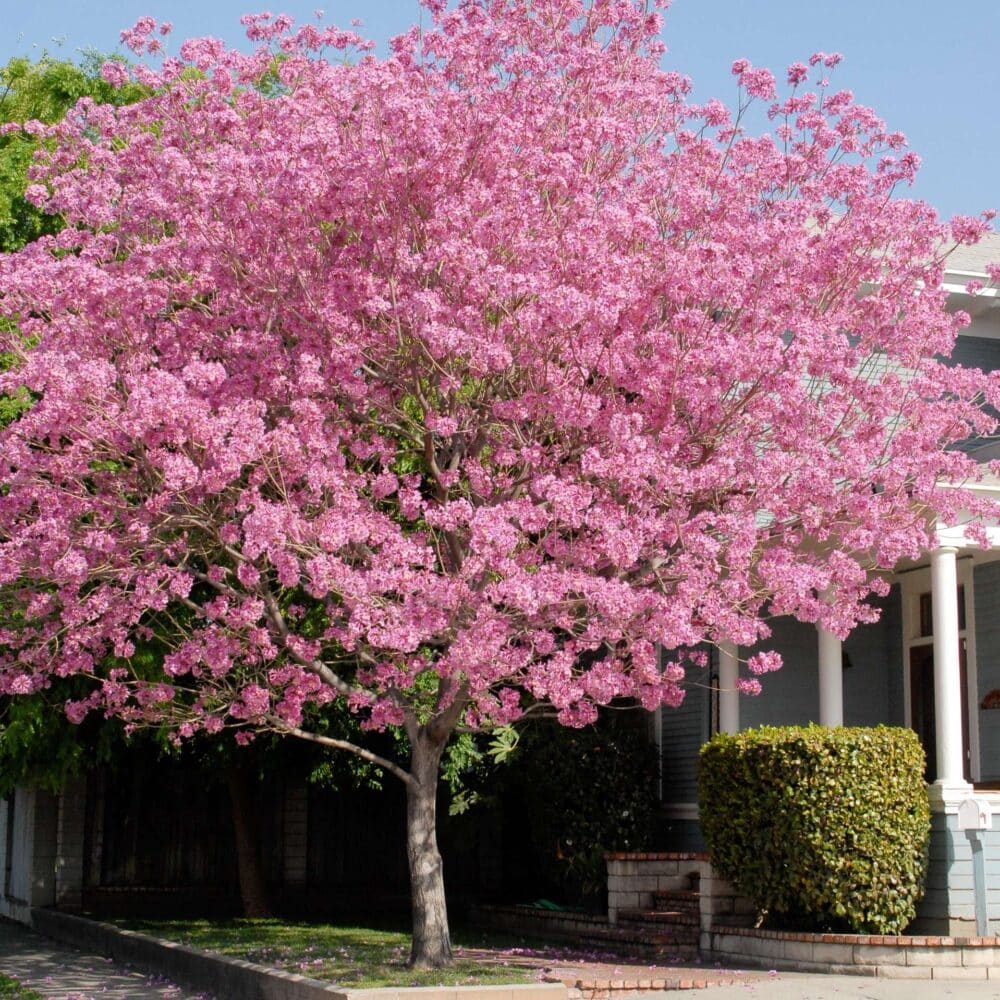
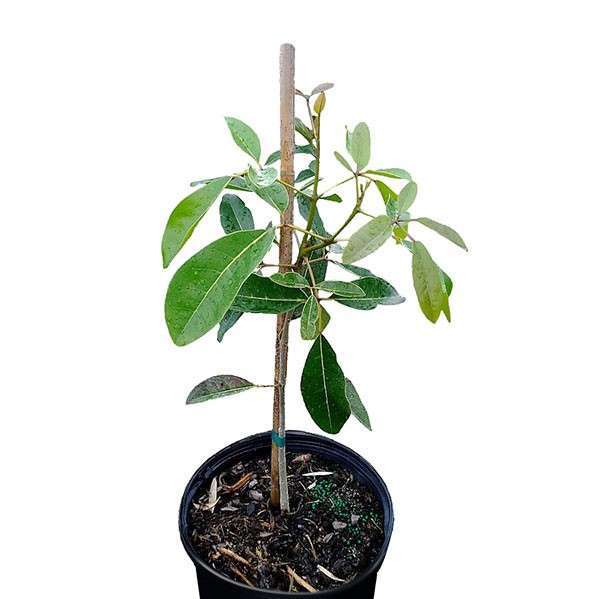
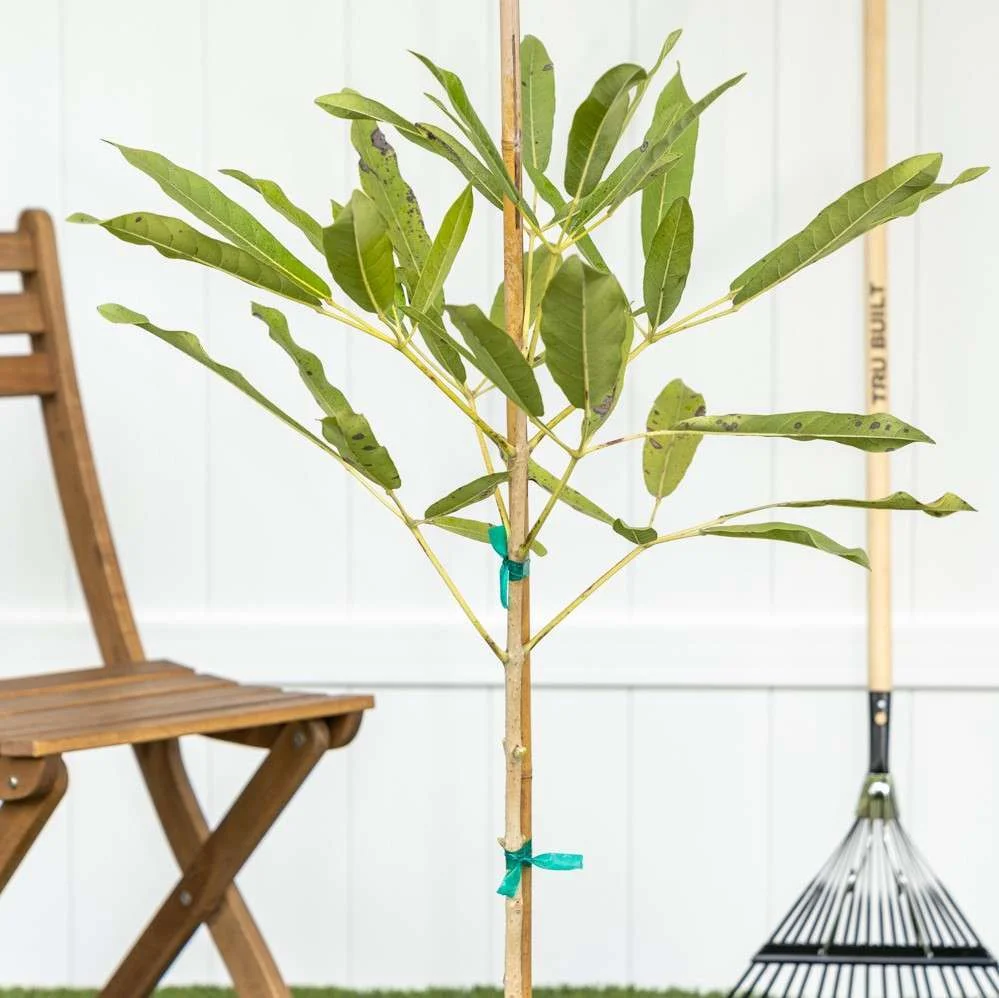






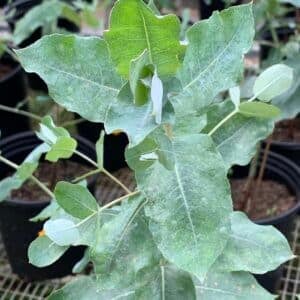
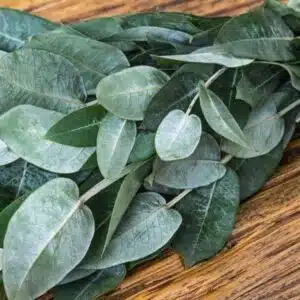
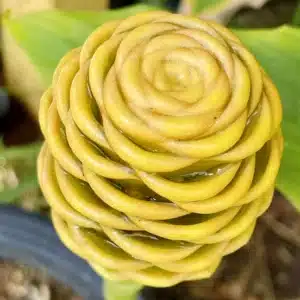
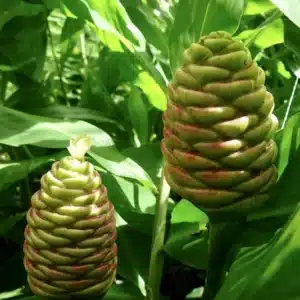
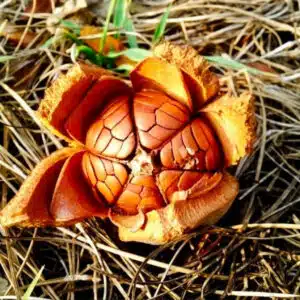
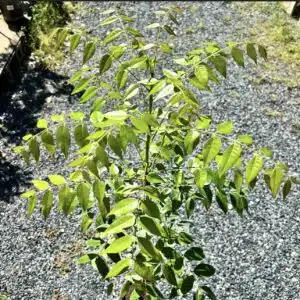
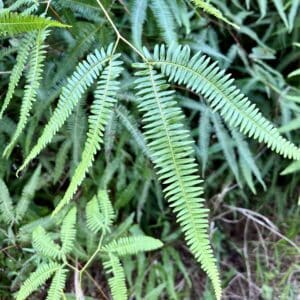



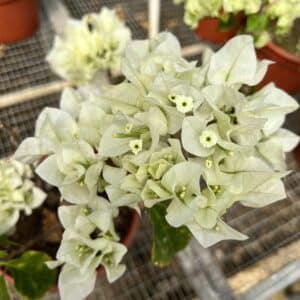
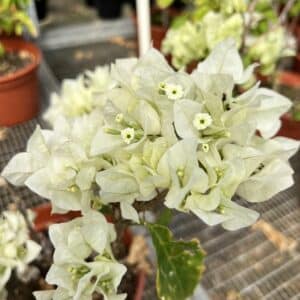
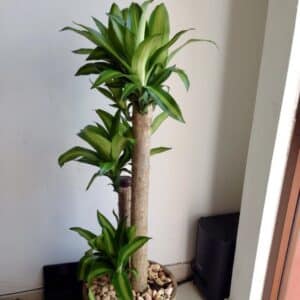
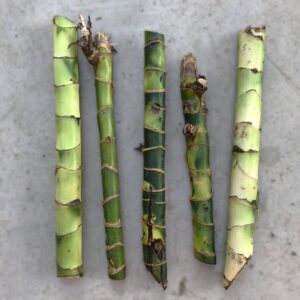
Reviews
There are no reviews yet.